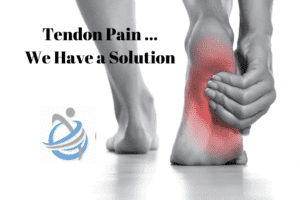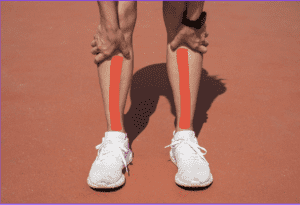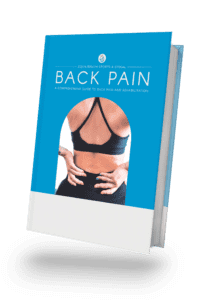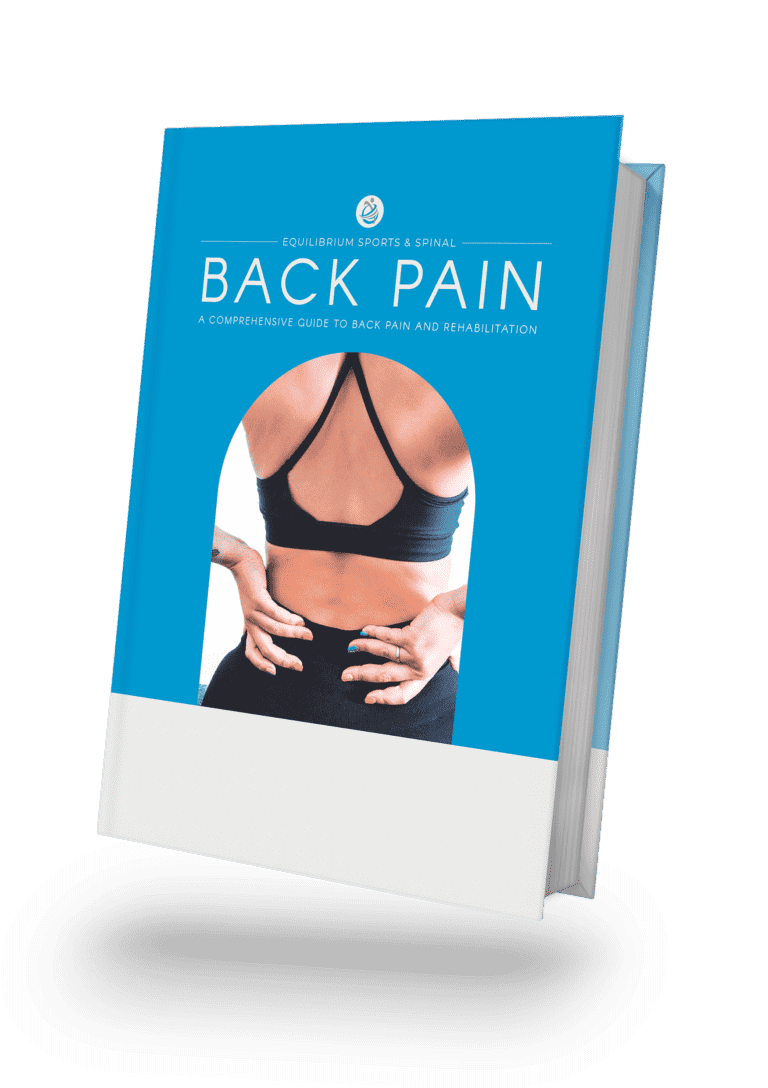Most people have heard of rehabilitation, the undertaking of treatment and exercise regime following an injury. Most people seek treatment only when they’re really hurt. To help prevent injuries, Osteopaths have begun to employ what they call “prehabilitation” strategies.
Prehabilitation is essentially preventive training to stop the problem before it happens.
The same risk factors are seen time and again for injuries such as runner’s knee, shoulder impingement and lower back injuries, among others. These injuries are common, but they are preventable. If you can identify the risk factors in advance, treatment can begin to correct them before an injury occurs.
The three phases of Prehabilitation plan are:
- Analysing an uninjured player’s posture, joint alignment, flexibility, muscle control, biomechanics, core stability and movement patterns.
- Understanding the risks of the sport/activity itself.
- Considering other specifics such as the player’s position, techniques and history.
Prehabilitation helps you to:
- Achieve normal static and dynamic posture
- Correct muscle length imbalance, joint alignment and flexibility
- Enhance muscle endurance
- Strength and power boosting movement pattern efficiency
- Enhance proprioception, which the ability for your mind to sense the position of different joints in relation to the rest of your body
An Osteopathy assessment may include:
Postural Screening – After identifying obvious postural faults, working how a person moves during specific test can expose key muscle weaknesses, inflexibilities and faulty movement patterns. Certain movements patterns underlie the most prevalent orthopaedic conditions.
Muscle Weakness – From the core muscles that stabilise the spine to the muscles of the feet, there are numerous key muscles that are commonly weak – these will be identified and a specific program implemented to strengthen and stabilise.
Muscle inflexibility – Tight muscles can be more susceptible to tearing. Additionally they can place undue stress on other structures leading to mechanical dysfunction pain and irritation.
Joint Mobility – Along with flexibility, maintaining joint mobility is fundamental for optimal function.
Activities of daily Living – If the patient is planning to engage in a new more strenuous work or exercise program, this can be a great time to implement a “PREHAB” An individuals specific weakness, inflexibility and movement patterns may or may not lead to injury depending on their regular level of activities, but harder activities amplify the negative effects of a person’s impairments.
The prehabilitation approach for each sport and positions (eg defender vs attacker) within those sports will differ, it is important to seek the advice of an Osteopath with an interest in your sport.
By improving muscle strength and endurance, prehabilitation reduces the chance of injury once conditioning programs are resumed. This preparation helps to accelerate the transition back into full function.








